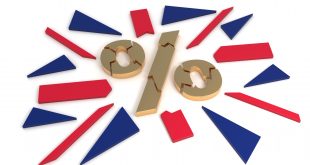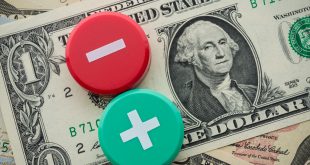The U.S. economy is a powder keg, with President Donald Trump’s 10% “Liberation Day” tariffs, launched in April 2025, igniting global trade tensions and inflation fears. Meanwhile, Federal Reserve Chair Jerome Powell, whom Trump publicly called “stupid” for not slashing rates, is holding firm, keeping interest rates at 4.25%–4.50% for the fourth consecutive meeting. The Fed’s data-driven restraint stands in sharp contrast to Trump’s impulsive tariff policy and his vocal pressure for rate cuts. As geopolitical risks, like the Israel-Iran conflict, loom large, this high-stakes economic standoff tests the resilience of markets and households. Here’s why Powell’s steady hand trumps Trump’s brash approach.
Tariffs: A Costly Blunder
Trump’s blanket tariffs, meant to boost American wealth, are backfiring. By hitting nearly all trading partners, they’ve spiked consumer prices, disrupted supply chains, and provoked retaliation threats from the European Union and Britain. The Fed’s 2025 forecasts reflect the damage: inflation rising to 3.0%, growth slowing to 1.4%, and unemployment climbing to 4.5%. New Zealand businesses warn these tariffs hit harder than the Covid-19 pandemic. Powell’s refusal to cut rates hastily avoids fueling this inflationary spiral, a prudent move given the tariffs’ ripple effects.
Trump’s Insult and Rate-Cut Crusade
On Wednesday, Trump lashed out, calling Powell “stupid” and unfit for his role while demanding lower rates to ease national debt burdens. Speaking at the White House, he criticized the Federal Reserve’s decision to keep interest rates unchanged at 4.25–4.50 percent for the fourth consecutive meeting, arguing that the absence of significant inflation and the country’s economic success warranted immediate cuts. Trump’s remarks came as the Fed, led by Jerome Powell, forecasted higher inflation at 3.0 percent, cooler economic growth at 1.4 percent, and an unemployment rate of 4.5 percent for 2025, citing the impact of Trump’s sweeping 10 percent tariffs on nearly all trading partners.
Powell emphasized a cautious approach, stating the Fed was “well-positioned to wait” for clearer data on tariffs’ effects on inflation, spending, and hiring, with more insight expected over the summer. This divergence in views, coupled with Trump’s threat of new tariffs and his suggestion of appointing himself to the Fed, underscores rising tensions between the administration and the independent central bank, as markets brace for potential global trade disruptions.
 Noor Trends News, Technical Analysis, Educational Tools and Recommendations
Noor Trends News, Technical Analysis, Educational Tools and Recommendations





